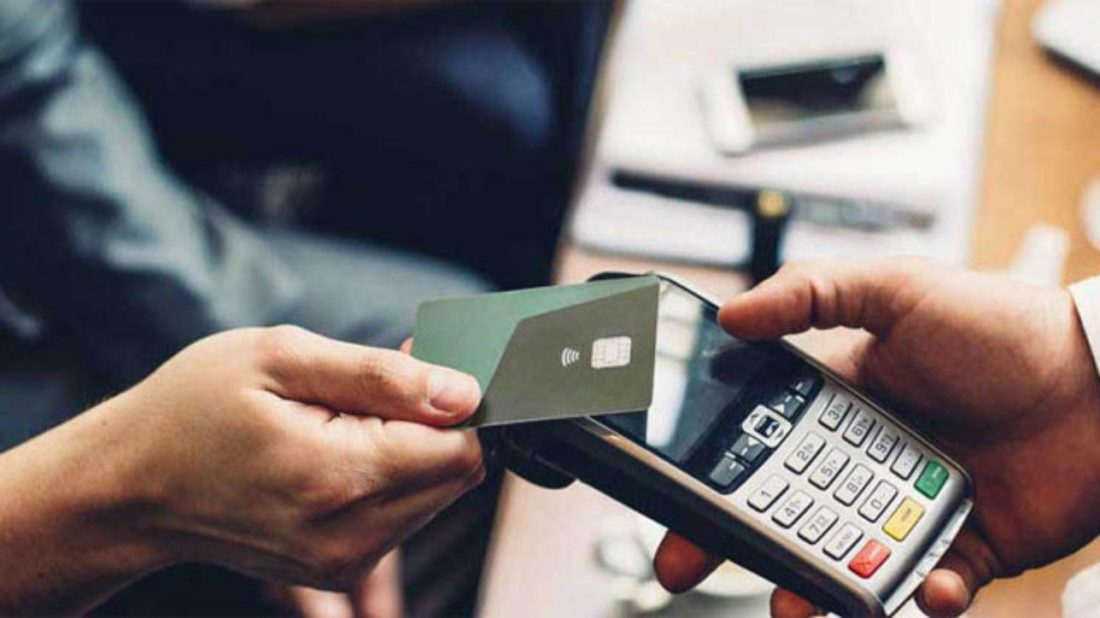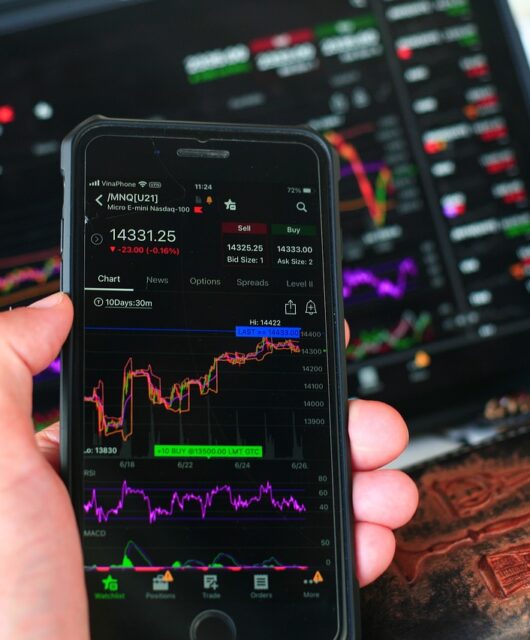Is Tap A Secure Banking Option?
Credit and debit card technology has come a long way since the days when you’d get a carbon copy receipt with every purchase. Even filling out a personal signature seems to be all but gone the way of the Betamax videotape machine, unless you count that faded old scribble of ink on the back of your card, if you even bothered to fill it in – and when was the last time anyone checked for your signature when you made a purchase? Likely never.
When radio-frequency identification (RFID), more commonly known as contactless purchasing or tap, first broke ground, there was a scare regarding security concerns. But where do these worries stem from? New technology always seems magical and frightening when it is first introduced, and the ability to pay without physically touching a bank machine has been no different.
One of the most common uses of RFID technology has been in secure ID cards used by a wide variety of businesses. Most major industries now use plastic ID cards to gain more reliable security for purposes like location access, company equipment management, and identification of employees.
The demand for a system that can securely accommodate this variety of functions is so widespread that many companies find it more convenient to purchase their own equipment to print and manufacture RFID cards in house on a regular basis. Companies in just about every business sector find it necessary to learn how to improve office security by employing ID cards with RFID technology, given how reliable this technology has turned out to be.
 If the public’s initial reaction to a television remote control or garage door opener could be described as surprise and anxiety, it’s reasonable that the situation might turn into outright panic when the safety of our bank accounts, savings and investments are in question. There have even been rumours that hackers might possess the ability to retrieve funds from your card with equipment concealed in their pockets by simply walking close by. What seems to be lacking is evidence to support this as a common problem.
If the public’s initial reaction to a television remote control or garage door opener could be described as surprise and anxiety, it’s reasonable that the situation might turn into outright panic when the safety of our bank accounts, savings and investments are in question. There have even been rumours that hackers might possess the ability to retrieve funds from your card with equipment concealed in their pockets by simply walking close by. What seems to be lacking is evidence to support this as a common problem.
We all know to watch our credit card statements because we’ve experienced or heard first-hand accounts of criminals attempting to make illegal purchases, but how often does anyone experience a similar theft attempt with contactless purchasing?
Despite worries, contactless purchasing has become so commonplace that an estimated more than half of eligible purchases are made via this technology. What’s more, the system is so trusted by professionals that it is also used in a wide number of industries outside of banking and office ID cards.
You might already be familiar with the use in your local city transit payment systems, but the chips are also used in animal tracking and anti-theft bags. RFID is used for an ever-increasing variety of purposes, such as on wristbands for concerts, brand protection for products, consumer interactive marketing, automatic vehicle identification, and the registration of electronic equipment.









